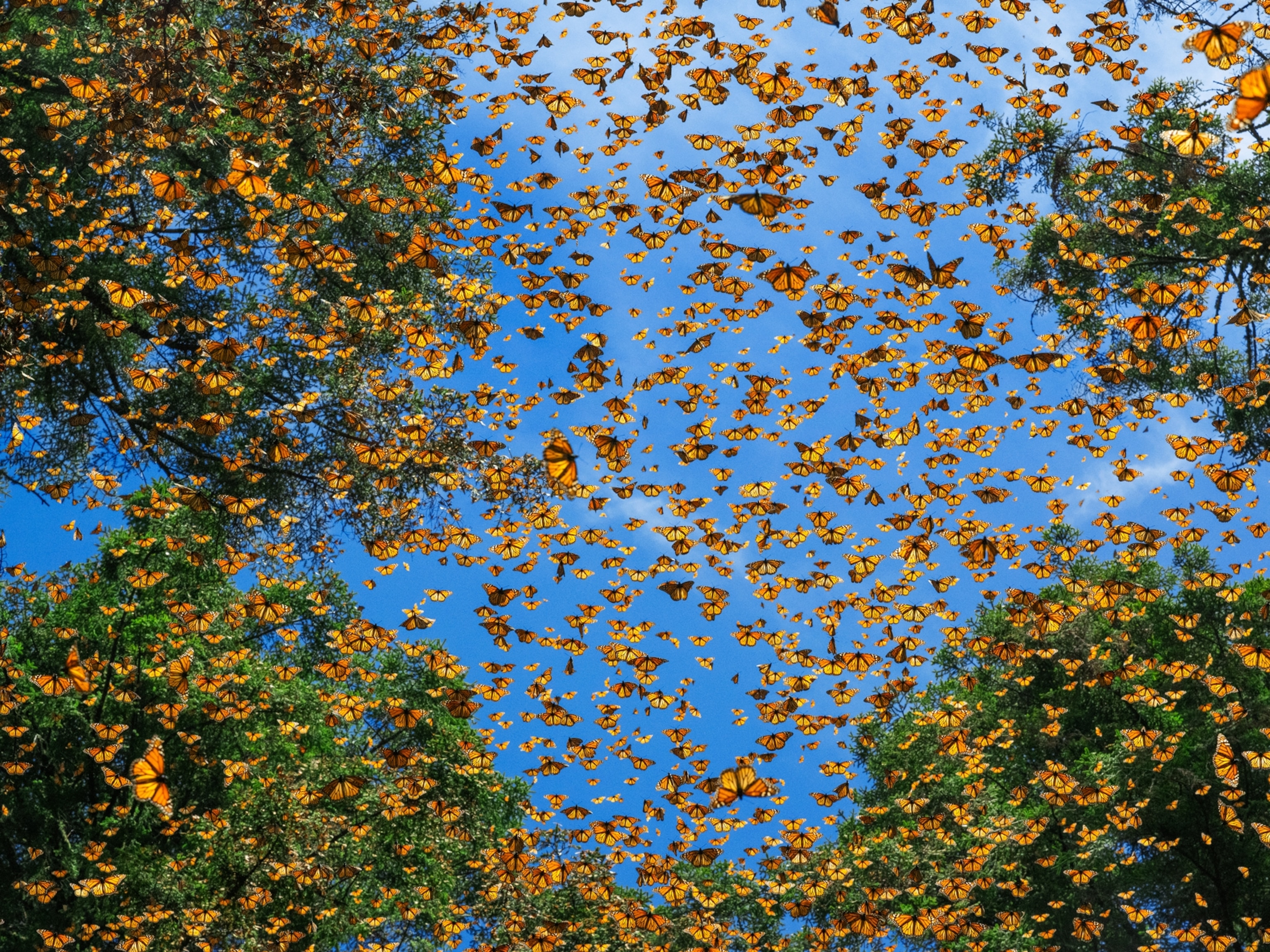
World's Smelliest Fruit Might Not Exist Without This Giant Bat
Camera traps confirm flying foxes in Southeast Asia pollinate economically valuable durian fruit trees.
It’s nicknamed the “king of fruits” in Southeast Asia, where the durian is a popular treat. Now scientists are learning the famously stinky delicacy has an important and surprising friend in nature: the island flying fox, a large species of bat.
Flying foxes get a bad rap for damaging crops. But footage from camera traps in Malaysia, documented in a study recently published in the journal Ecology and Evolution, show that flying foxes are actually important pollinators of the commercially valuable food.
A spiky tropical fruit known for its pungent odor and unique taste, durian (Durio zibethinus) is a valuable crop in countries such as Malaysia and Thailand, though its stench makes it off-limits in some places.
“Research like this on the beneficial aspects of bats is so important because it’s needed to counter the negative image that bats have in the popular imagination,” says Sheema Abdul Aziz, the new study’s primary author and president of Rimba, a Malaysian conservation NGO.
“We need more research on bat ecosystem services to reach out to people and make them see why bat conservation is important.”

Bats like the island flying fox (Pteropus hypomelanus) visit flowering durian trees to feed on nectar. These large bats — with wingspans of over 3.3 feet (1 m) — have been thought to damage durian flowers, but there is little evidence that this is the case. (See 16 incredible pictures that show the beauty of bats.)
Aziz, who is also a visiting academic at the University of Southampton, United Kingdom, led a team who deployed infrared camera and video traps in a durian orchard on Tioman Island, Peninsular Malaysia.
The research team, including professional tree-climbers from Tree Climbers Malaysia, braved tall, brittle branches and aggressive giant honeybees to set up the camera traps, but Aziz says the results were worth it.
“We finally have definite evidence — and the videos to prove it! — that this flying fox is actually pollinating durian flowers as it feasts on their nectar,” says Aziz.
Smaller bats were known pollinators of the flowers, but flying foxes had been thought too large to perform this function.
The footage revealed that the bats’ feeding behavior did not damage the flowers and, in fact, had a positive impact on durian reproductive success. (Learn more about a related species, the little red flying fox.)
“This is a pioneering study addressing a big knowledge gap on bat pollination services and bats’ contribution to crop yield,” says Veronica Zamora-Gutierrez, an ecologist at Instituto Politécnico Nacional (CIIDIR Unidad Durango) in Mexico, who was not involved in this study.
Flying foxes are severely threatened by hunting and habitat loss. Globally, populations of the island flying fox are decreasing and the species is endangered in Malaysia.
Bats are major pollinators of economically important crops throughout the tropics, including the agave cactus in the southern U.S. and Mexico. So the next time you have tequila, you have bats to thank.
“We are facing a pollination crisis with severe declines in bee populations, and it is very likely that the human-caused threats affecting bees might also affect other pollinators like bats,” says Zamora-Gutierrez.
“Humans get a great benefit from the services provided by nectar-eating bats,” she says. “Our food security and well-being depends on them.”





